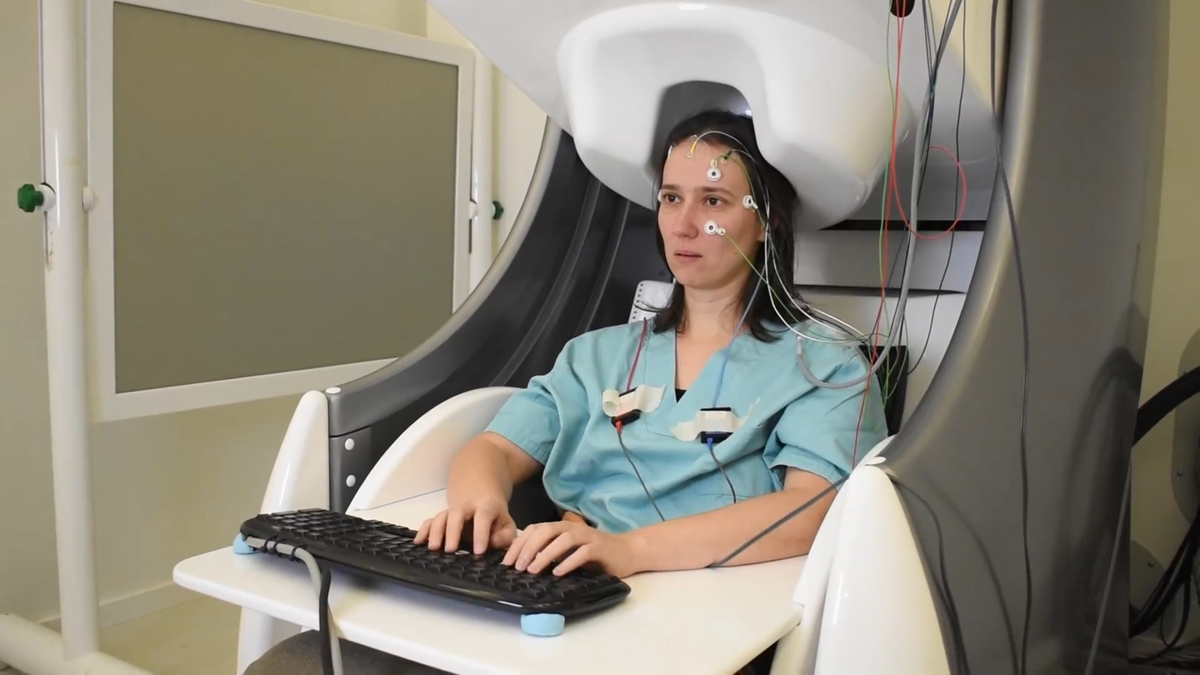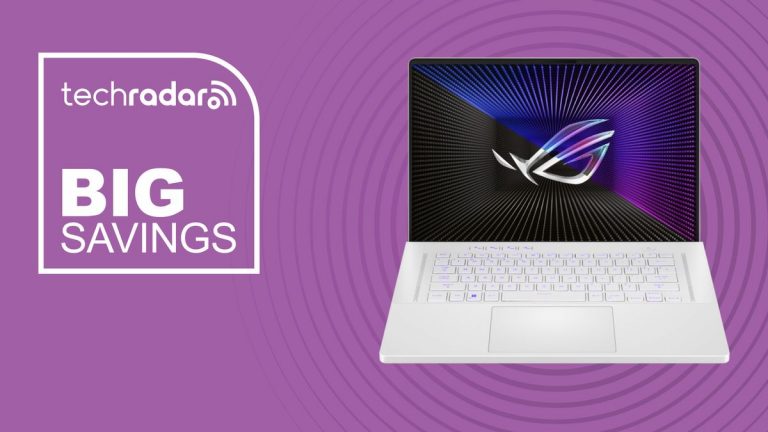Revolutionize Your Writing with Meta’s Mind-Blowing Brain-Computer Interface Technology

The Future of Telepathy: Meta’s Brain-Typing Machine
Meta is revolutionizing the way we communicate with its brain-typing system, capable of decoding brain signals into words typed on a screen. While the device is impressive, it’s far from practical, requiring a half-ton machine, a $2 million price tag, and a shielded room to operate.
The brain-typing system uses a deep neural network to analyze brain activity and determine which keys someone is pressing, all based on thought. The system is trained using a lab-grade magnetoencephalography (MEG) scanner, which picks up magnetic signals from neurons firing in the brain. The AI model, aptly named Brain2Qwerty, learns which signals correspond to which keys, allowing it to predict the letters a person is typing.
The Limitations of Telepathic Typing
While the system is up to 80% accurate, it’s not without its limitations. The scanner needs to be in a specially shielded room to block out Earth’s magnetic field, which is a trillion times stronger than what’s in your head. Even the slightest head tilt can scramble the signal. However, the research has significant implications for brain science and medical care for brain injuries and illnesses.
A Glimpse into the Future
The non-invasive aspect of Meta’s research makes it a more appealing approach than implanting a computer chip in the brain, as companies like Neuralink are testing. Who knows what the future holds? Perhaps today’s brain scanner will become tomorrow’s wearable device.
The Potential for Brain Science
Meta’s research could boost brain science and medical care for brain injuries and illnesses. By taking 1,000 snapshots of the brain every second, researchers can pinpoint the precise moment where thoughts are turned into words, syllables, and even individual letters. The study shows that the brain generates a sequence of representations that start from the most abstract level of representations—the meaning of a sentence—and progressively transform them into a myriad of actions, such as the actual finger movement on the keyboard.
A Giant Leap Forward
The research is a giant leap forward in understanding how the brain transforms thoughts into intricate sequences of motor actions. While a product isn’t the stated goal of the research, historical points demonstrate that giant, lab-bound machines don’t have to stay that way. A tiny smartphone does what a building-size computer couldn’t in the 1950s. Perhaps today’s brain scanner is tomorrow’s wearable.
Brain Typing in Action
[Image: Meta AI Typing]
The brain-typing system is an impressive achievement, but it’s not without its limitations. The scanner needs to be in a specially shielded room to block out Earth’s magnetic field, which is a trillion times stronger than what’s in your head. Plus, the slightest head tilt scrambles the signal.
Sign up for more
Stay up-to-date with the latest news, reviews, and opinion pieces from [Publication Name]. Sign up for our newsletter to receive exclusive content and promotions.






